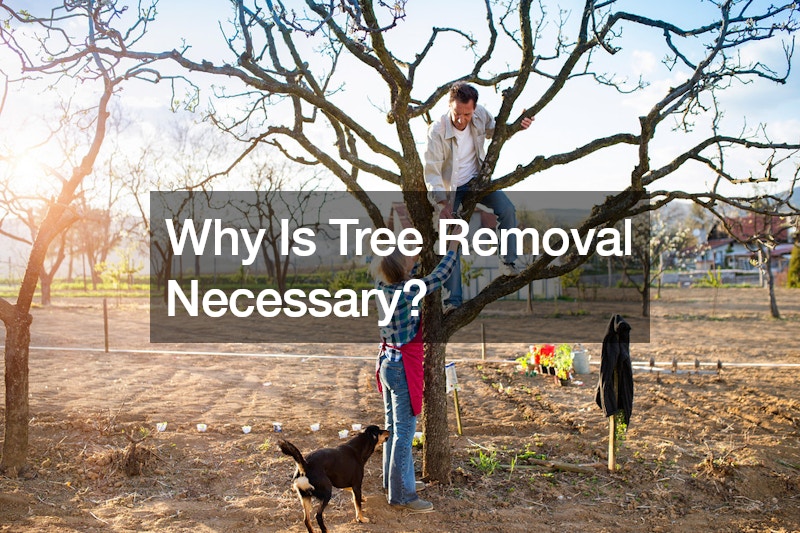

There are circumstances where tree removal becomes necessary, driven by various factors.
Safety concerns mandate tree removal in certain situations. Trees that are diseased, decaying, or structurally compromised pose significant risks to nearby structures, pedestrians, and vehicles.
Falling branches or entire trees can cause property damage, injury, or even fatalities. Hence, removal becomes imperative to mitigate these hazards and ensure public safety.
Furthermore, invasive species and pests can wreak havoc on tree populations, necessitating their removal. Diseases like Dutch elm disease or infestations by insects such as emerald ash borers can devastate entire species of trees if left unchecked. In such cases, removal may be the only viable option to prevent the spread of the disease or pest infestation to neighboring trees.
Moreover, trees may need to be removed to maintain the health and vitality of the surrounding ecosystem. In densely wooded areas, overcrowding can lead to competition for resources like sunlight, water, and nutrients, resulting in stunted growth and increased susceptibility to disease. Thinning out trees through selective removal can alleviate this competition, promoting the overall health of the forest or woodland.

Lastly, strategic tree removal can also be necessary for forest management and wildfire prevention. Removing dead or highly flammable vegetation can create firebreaks, reducing the risk of wildfires spreading uncontrollably and protecting both human communities and natural habitats.
While tree removal is often a last resort and should be approached with careful consideration, these various reasons underscore why it is sometimes necessary for safety, development, ecosystem health, and environmental management.


